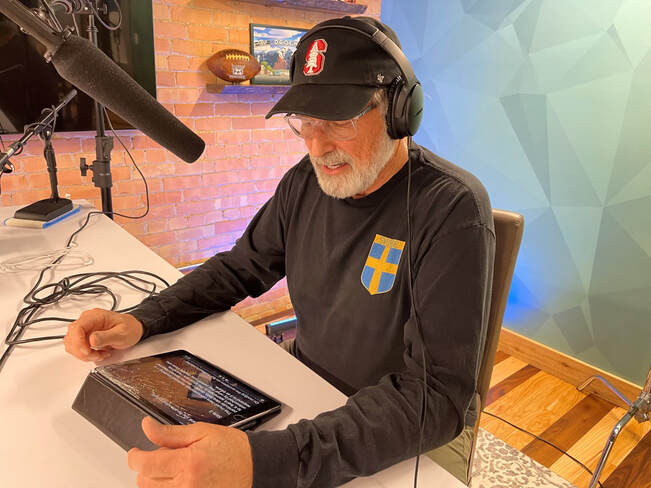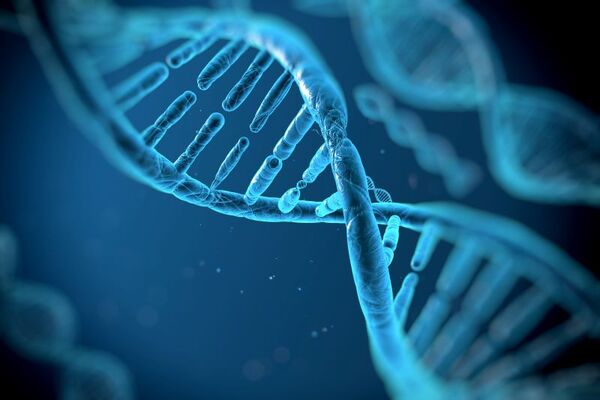|
Seriously...what are the PCR tests testing for? Virology is the study of viruses and viral diseases. Viruses are microscopic parasites, generally much smaller than bacteria. They lack the capacity to thrive and reproduce outside a host body so, they don’t benefit by killing the host. Viruses contain the key elements that make up all living organisms, DNA (some contain RNA but never both). The primary role of the virus is to deliver its DNA or RNA genome into the host cell so the genome can be expressed by the host cell. This is when our immune system responds to produce anti-bodies and proteins to do battle. The more the virus genome is expressed, the more it multiplies...the more it multiplies the sicker you get...if it multiplies too much...and you have comorbidity health issues, it could kill. To determine whether a person has a virus, or for that matter which virus, you must test for its presence. To test for its presence, you must identify exactly what you are looking for. To say with any degree of certainty that something exists, you must first determine its origins and uniqueness in nature. You can’t say you have identified a piece of a unicorn…if you haven’t confirmed one actually exists. How do you confirm one exists? You identify it by its DNA or RNA molecules which contain elements of uniqueness not found in any other living organism... Towards the end of my career, I had the opportunity to CEO a young start-up company in molecular diagnostics. The company’s founder was a brilliant PhD in Molecular Biology who had discovered a more efficient way of detecting the presence of specific molecules within your DNA using a faster Polymerase Chain Reaction (PCR) process. We called our process Xtreme Chain Reaction (XCR) and secured multiple patents. While molecular diagnostics includes a class of diagnostic tests that assess a person’s health literally at a cellular and molecular level, my experience was related to infectious disease and the chemistry of detecting things like Salmonella in food, Trichinosis in cattle and Botulism in humans. How do you do that?
Well, it goes back to the early 1980’s when a young laboratory researcher, some say under the influence of hallucinogenic drugs, discovered a remarkable characteristic of a DNA molecule. If you heat the molecule to a certain temperature the double helix connected by our chromosomes (those twisted thread-like strands) separates into complementary single strands. This is referred to as denaturation. Then when the reaction is rapidly cooled, the single strands find their way back together again like nothing happened. This is called annealing. This researcher, Kerry Mullis, shared the Noble Prize in Chemistry for his work. While this was an astonishing discovery, it did nothing to advance medicine until the molecular chemist got involved. That’s when it started to become a diagnostic tool for infectious disease testing in humans. How it works. The idea is that once heated and separated, the DNA molecule exposes the chromosomes which consist of pairs of five nucleobases— adenine (A), cytosine (C), guanine (G), thymine (T), and uracil (U). They function as the fundamental units of the genetic code, with the bases A, G, C, and T being found in DNA while A, G, C, and U are found in RNA. Combinations of these nucleobases are referred to as base pairs and while many of these base pairs are common throughout the genetic world (remember we get compared to monkeys because we have some of the same base pairs as they do) some are unique to the organism. Identifying these unique base pairs is what allows us to detect the presence of what we are looking for at the molecular level in any diagnostic test. To achieve an acceptable degree of certainty in any molecular diagnostic test, unique base pairs must be identified as they exist in nature (if they do not exist in nature…they do not exist…if they exist, they are genetically modified). Once identified in nature, the molecular chemist can prepare an assay (test) using a number of these unique sequences of the A, G, C and T’s with primers at either end to isolate the base pair sequences. Then, during denaturation the assay scans the separated DNA molecule in vitro (in a test tube) for exact matches to the sequence. If they are there, once cooled down, each half of the split molecule binds to the chemistry and two halves of one molecule become two whole molecules of your target. This Thermocycle process heats and cools the molecules and after each cycle the number of molecules grows geometrically, that is one becomes two, two becomes four, four becomes eight and so on. After 30 cycles of this heating and cooling, if the sequence you are looking for is present, you will have billions of the molecules you were looking for, allowing for detection using inexpensive optics. If, however, at the end of the 30 cycles, there are no molecules present you are looking for, then there were no exact sequence matches and nothing for the assay chemistry to bind to, so...you do not have the molecule we were looking for. It is important to note here that PCR does not quantify the volume of the disease we are looking for, it will simply detect the presence of the target molecule, dead or alive. And...here in lies the rub. PCR will detect whatever you tell it to find. If you can’t isolate the molecule in nature, you can’t tell it what to find. So how can you expect the PCR test to confirm it exists in you? You can’t. Even though you can find matching base pairs in humans and monkeys, it doesn’t make us a monkey. It is the unique base pairs we have within our DNA that confirm our humanity. To confirm the presence of something, you must find exactly what you are looking for in nature first. Fast forward to today. According to the CDC’s own web site,* Covid 19 or for that matter SARS-CoV-2, the supposed precursor of Covid 19, has yet to be found in nature. That means there are no isolated unique base pairs available to develop assays for their detection in humans. Without a certified isolated sample of the target molecule, detecting the presence of it in animals, food or humans is impossible. It’s science, not politics! This begs the question that if it can’t be found in nature, what in the world are these people testing for? Wake up America! We are being lied to by our own government. _________________________ * See page 39 of The CDC document titled, “CDC 2019-Novel Coronavirus (2019-nCoV) Real-Time RT-PCR Diagnostic Panel.” https://www.fda.gov/media/134922/download ...It is dated July 13, 2020. In a section titled, “Performance Characteristics,” they state: “Since no quantified virus isolates of the 2019-nCoV are currently available, assays [diagnostic tests] designed for detection of the 2019-nCoV RNA were tested with characterized stocks of in vitro transcribed full length RNA…” The key phrase is: “Since no quantified virus isolates of the 2019-nCoV are currently available…” Additionally, here is the RT - PCR test kit with all of its disclaimers...doesn't test for Sars-CoV-2...they have no source. www.neminis.org/2020/10/26/the-utter-unreliability-of-pcr-testing/
0 Comments
Your comment will be posted after it is approved.
Leave a Reply. |
AuthorBill Olson Archives
April 2024
Categories
All
|



 RSS Feed
RSS Feed
